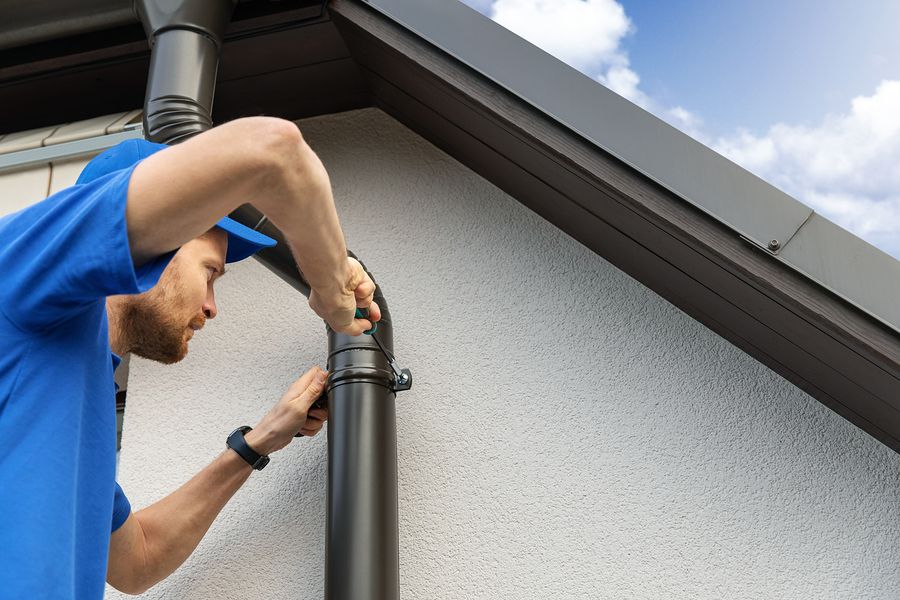Roof inspections are essential for figuring out potential issues and making certain the longevity of your roof. Regular inspections might help detect issues early, stopping expensive repairs or replacements down the road. Here are some widespread methods and steps for conducting a roof inspection:
Visual Inspection:
a. Exterior Inspection:
Start by inspecting the roof from the ground utilizing binoculars or by safely climbing onto a ladder to get a extra in-depth look.
Look for visible signs of injury, such as lacking or broken shingles, curling or buckling shingles, or loose or deteriorated flashing round roof penetrations.
Check for debris, moss, algae, or lichen development on the roof, which can indicate moisture-related points.
Inspect the gutters and downspouts for granules from shingles, as extreme granule loss can signal shingle put on.
b. Interior Inspection:
Go into the attic or crawl space and inspect the underside of the roof deck for indicators of leaks, moisture, or water stains.
Look for daylight coming through cracks or holes in the roof deck, which may point out roof injury.
Check for indicators of insulation injury, mold, or mildew progress, which might end result from roof leaks.
Roof Walk:
a. If it is protected to take action, walk on the roof surface to examine it up close.
b. Be cautious and put on applicable security gear, similar to non-slip shoes and a safety harness if wanted.
c. Look for any delicate or spongy areas, which may indicate underlying harm.
d. Check for unfastened or broken roofing materials, in addition to signs of wear and tear.

Click for more :
a. Use a moisture meter to detect hidden moisture within the roof structure and insulation.
b. Moisture detection can help establish leaks or areas of potential water intrusion that will not be visible.
Drone Inspection:
a. Drones geared up with cameras can provide a complete view of the roof floor without the need for direct bodily entry.
b. A drone inspection can be particularly helpful for bigger or hard-to-reach roofs.
Professional Inspection:
a. Consider hiring knowledgeable roofing contractor or inspector to conduct an intensive inspection.
b. Professionals have the experience, instruments, and expertise to establish points that is most likely not obvious to a home-owner.
Documentation:
a. Document your findings with photographs and notes to create a report of the roof's situation.
b. This documentation may be helpful for monitoring modifications over time and for insurance claims or repairs.
It's important to carry out roof inspections frequently, ideally no less than once a year, and after severe climate occasions like storms. Additionally, if you're not comfy or assured in your capacity to carry out a roof inspection safely, it's advisable to rent a certified roofing professional to make sure a radical and correct evaluation of your roof's situation..
